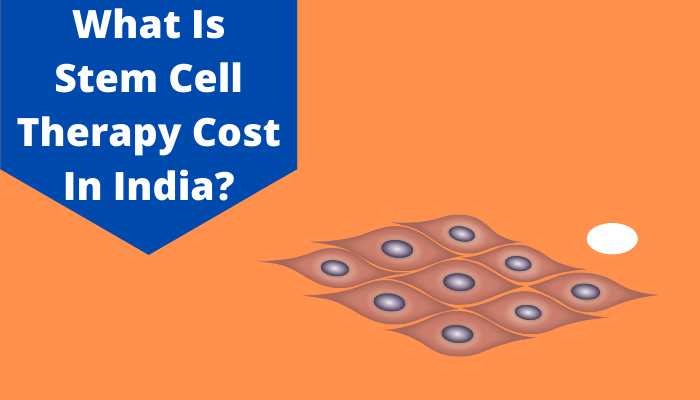Difference Between Critical Illness Insurance and Normal Health Insurance
Have you ever seen a master key? A key that unlocks any lock. No, right? Every lock has a specific key that helps to maintain the safety and security of valuables or assets held by you.
In the same way, a different key for each lock here is critical illness insurance plans and a master key which in reality is non-existent is a normal health insurance policy. If you think that having a normal health insurance policy will provide coverage for all diseases, you need to do a serious rethink.
Let us understand what these different types of policies exactly are.
Regular health insurance policy
Here are important pointers on regular health insurance policy:
- Regular health insurance policies provide blanket coverage to you from all diseases.
- Regular insurance plans provide coverages against various hospitalization expenses and more.
- Various diseases are covered under this plan and thus the sum accrued to each disease is pre-decided by the insurance company.
Let’s understand this point better with an example.
Mr. A purchased a health insurance policy with a sum assured of Rs.10 lakhs. As he is suffering from blood pressure and undergoes a health challenging he is admitted to the hospital. The hospitalization bill sums up to Rs.4 lakhs. The insurance company had pre-decided a sum of Rs.3 lakh for Mr. A in case he suffers from blood pressure. Here, the balance amount of Rs.1 lakh needs to be paid by Mr. A from his pocket.
The idea behind health insurance plans is to provide an overall coverage but a limited sum assured for each of them. The technical term of pre-deciding the sum is called sub-limits.
Health insurance plans are therefore more expensive due to coverage being offered for various diseases.
Critical Illness insurance plans
Critical Illness insurance plans are disease-specific. It means that for each critical condition, a separate insurance plan exists. Here’s a small example:
A person suffering from critical illnesses undergoes a lot of stress. The treatment of such diseases is very expensive and thereby not really affordable for everyone. Some critical illness insurance plans exist for diabetes, heart diseases, organ transplant, cancer, and more.
Here are some pointers that you must remember:
- If such critical illnesses are hereditary in your family, you must pre-purchase such policies.
- After being diagnosed with a certain condition, you can’t get the coverage or even if you get the cover, the premiums would be too steep.
- Offering insurance plans to an already sick person is like insuring a house on fire. Critical illness plans can be relatively cheaper as they provide disease-specific coverage.
- However, the coverage offered is vast enough to cover all expenses.
In case of some diseases, the insurance company pays the sum insured only on diagnosis of the disease. The money can be used for either treatment or managing household expenses. The insurance company stands firm as a support for the insured suffering from any said disease.
Difference between Normal insurance plans and critical illness policies
Here are some of the key differences between a regular insurance plan and a critical illness insurance plan.
| Points | Normal Insurance plans | Critical Illness Insurance |
| Meaning | Under a normal health insurance policy, the insurer tries to provide overall coverage to the insured from various diseases. | Critical illness insurance plans provide vast coverage to a particular disease being covered under the policy |
| Premium | The premium charged for normal health insurance plans is more expensive as they provide blanket coverage. | The premium chargeable for critical illness policies is relatively lower. |
| Claim process | The claim process for normal health insurance plans can either be cashless or through reimbursement methods. | There is no certain claim process here. In this plan, the insured just needs to inform the insurance company after being diagnosed. The insurance company will then be paying a lump sum amount to the insured. |
| Coverage | The coverage is divided among various diseases. | The coverage is offered is for a specific disease only. |
| Waiting period | Normal health insurance plans have an initial waiting period of 30 to 90 days. During the 90 days, accidental claims will be granted. For covering a pre-existing disease, an additional waiting period of 1-4 years needs to be served. | Critical illness insurance plans have a waiting period of 90 days and no surgical procedures are covered under the initial time. |
| Expiry of policy | Health insurance policies are renewable every year and are in force until the sum insured is not exhausted. | Critical illness policies cease to be active on the diagnosis of the disease being covered. |
| Survival period | Normal health insurance plans do not have a survival period. | Critical illness plans also have a survival period of 30 days. |
| Expenses paid for | Under this plan, the insurance company covers various expenses such as pre-and post-hospitalization, in-patient hospitalization, ambulance expenses, and more. | The coverage offered under critical illness policies is not limited to hospitalization expenses alone but also includes supplementary compensation for costs incurred or income lost. |
| Policy period | Normal health insurance plans are renewed every year as and when required. | Critical illness plans have a long policy period that lasts for 15-20 years. |
| Beneficiaries | Under normal health insurance plans, the insured is the beneficiary as they enjoy the sum insured. | Whereas under critical illness plans, the beneficiary can be the policyholder and the family as the lumpsum payment receivable can be used for other expenses other than just treatment. |
Let us try to understand the inclusion and exclusion of normal as well as critical insurance plans:
- Normal Health insurance:
If you have normal health insurance, the conditions mentioned below will be covered under your plan –
- Accident-related injuries.
- Cataract surgery.
- Conditions you have served a waiting period for. Example – hernia, piles, diabetes, and more.
Please keep in mind that the above-mentioned conditions are covered up to a certain sum, as the clause of sub-limit may be existent in your insurance plan. Some of the exclusions are –
- Cosmetic surgery.
- Pre-existing diseases, if a waiting period has not been served.
- If you are pregnant at the time of purchase of the policy, maternity expenses will not be covered.
- Critical illness insurance:
As critical illness plans cover a particular disease vastly and provide all expenses related to the same. There are different types of critical illness plans issued for each specific disease. They are:
- Cancer
- Heart attack
- Organ transplant
- Paralysis
- Renal failure
Apart from these, there are many more critical illnesses plans available for different diseases. Even though critical illness plans provide coverage for all expenses related to a disease, there are some exclusions. They are –
- Dental care or cosmetic surgery
- Sexually transmitted diseases
- Any critical illness diagnosed before purchasing of policy or during the waiting period
Before opting for critical illness policies, you shall be aware of the above-mentioned exclusions and accordingly choose a plan wisely.
Summing it all up
It is wise to have health insurance along with a critical plan. It helps one to have utmost security, and a huge sum insured. While getting yourself treated you need not worry about the expenses and can thereby opt for quality treatment.




























